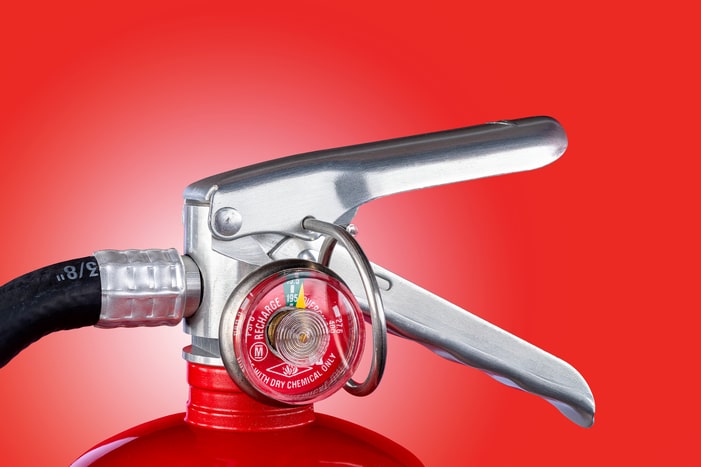
- August 3, 2022
- |security guard company, security guard services
- | 0
Fire Watch Guards –
Components or systems that delay or hinder the spread of smoke or fire without activating the system and typically without movement are referred to as passive fire protection (PFP). Floor-ceiling-and-roof assemblies, fire doors, windows, and wall assemblies, fire-resistant coatings, and other fire and smoke control assemblies are a few examples of passive systems. Active elements like fire dampers can be used in passive fire protection systems.
Principal traits
The purpose of passive fire defense systems is to:
- Keep a fire contained to the area where it started.
- Stop a fire from spreading from the area where it started.
- Cooling down the structural members’ heating
- Use a fire rated closure to stop the spread of fire through intentional openings (like doors or HVAC ducts) in fire rated assemblies (e.g., fire door, fire damper)
- Use fire stops to inhibit the spread of fire through penetrations in fire-rated assemblies, such as holes in fire walls where building systems like plumbing lines or electrical cables pass.
According to the regional building and fire rules, PFP systems are supposed to “prevent” the spread of fire and smoke as well as the heating of structural parts for a specific, predetermined amount of time. The fire-resistance rating of the completed assembly, which is typically indicated in terms of hours of fire resistance, is tested using passive fire protection devices as firestops, walls, and doors. The restrictions of the rating are listed in a certification listing.
Typical Fire Defense Systems
Typically, passive fire defense systems don’t need motion. Fire door closers and fire dampers, which move, open, and close to function, are exceptions. All intumescent goods also fall under this category since they expand to give proper material thickness and fill gaps. PFP systems are typically more reliable since they are simpler than active fire prevention systems like sprinkler systems, which need a number of operational components to perform properly.
PFP operate as a collection of systems within systems in a building. For instance, a built-in firestop system is a component of a fire-rated wall system or floor system, which is a component of a fire compartment, which is a component of the entire building that functions as a system.
In the planning and building of PFP systems, various materials are used. Concrete, gypsum wallboard, and calcium silicate board are examples of endothermic materials that absorb heat. For instance, when heated, water can boil out of a concrete slab. When heated, the chemically bonded water in these materials sublimates. Intumescents and ablative materials are also included in PFP measurements. The fire resistance of the materials themselves is unrated. They must be arranged into systems that, when fitted in accordance with certification standards, have a fire resistance rating (e.g., DIN 4102 Part 4).
Intumescent and vermiculite are the two main types of materials that offer structural fire protection. The structural steel members have a rather thick coating of vermiculite materials covering them. Vermiculite is porous, hence it is not recommended to use it where water exposure is a possibility. Monitoring steel corrosion is equally challenging. A layer of a substance known as intumescent fireproofing is applied to the structural steel elements much like paint. The steel section utilized determines the thickness of this intumescent coating. A more aesthetically pleasing smooth finish, relatively low thickness application, and corrosion prevention are all benefits of intumescent coatings. Contact us now for more information.


